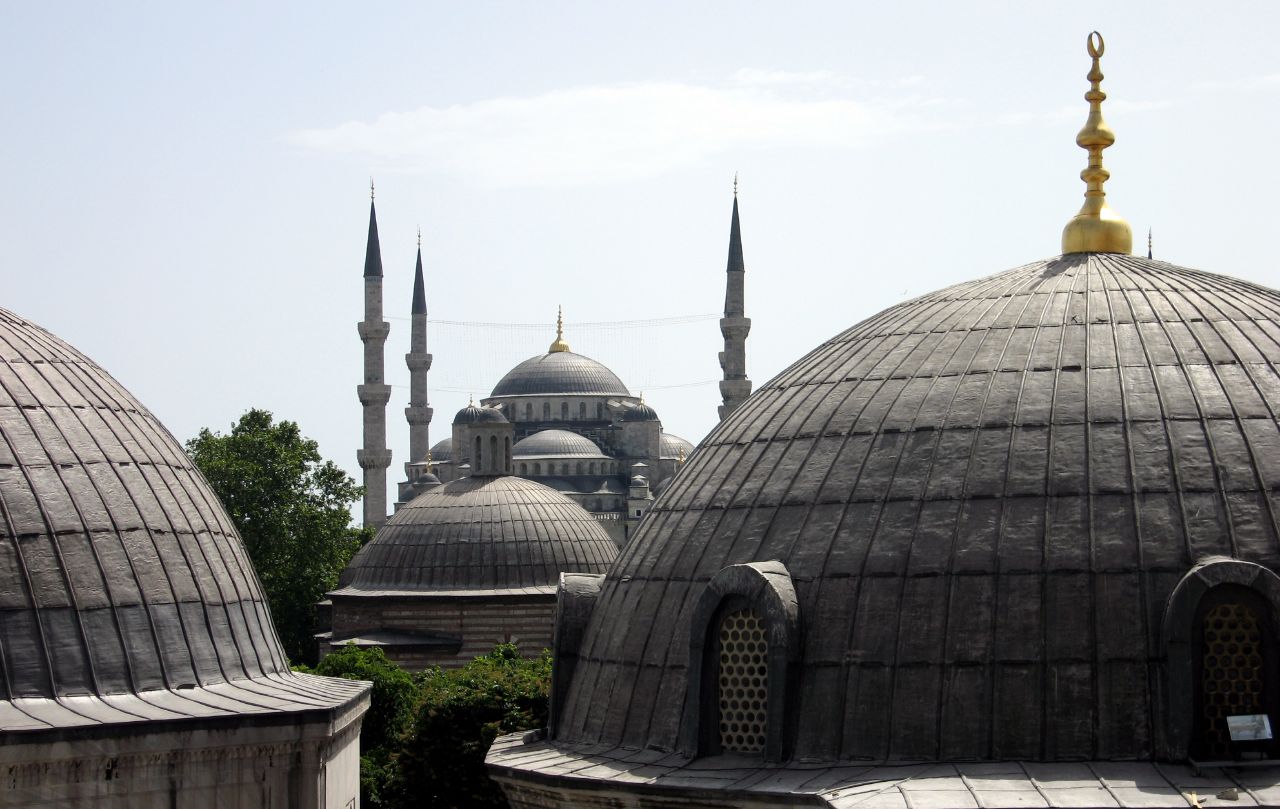
The Secret Lives of Buildings: From the Ruins of the Parthenon to the Vegas Strip in Thirteen Stories
by Edward Hollis
–Reviewed by Shahnaz Habib
 Buildings are not simply buildings, according to Edward Hollis. They are stories waiting to be told and retold.
Buildings are not simply buildings, according to Edward Hollis. They are stories waiting to be told and retold.
In The Secret Lives of Buildings, Hollis, an architect and architecture teacher, analyzes the history of thirteen buildings that have left their mark on the Western world. He sets out to prove that buildings take on new personas, myths, and purposes as they survive changes of regime, natural disasters, and time itself. The Parthenon went from pagan temple to church to mosque. Gloucester Cathedral serves as the Hogwarts School of Witchcraft and Wizardry in the Harry Potter films.
Combining architecture criticism and history with original analysis and a literary style, Hollis creates a story about stories. He begins with the words, “Once upon a time, an architect had a dream.” Like fairy tales, buildings are carriers of myths, the truth of which cannot be proven or disputed – the Holy House of Loreto may or may not have been transported across the seas by angels. Gloucester Cathedral may or may not contain the tomb of Edward the Second. Each generation molds the architecture it inherits to suit its own myths – through appropriation, reproduction, translation, or even restoration. After all, when the nineteenth century French decided to restore the Notre Dame, they restored the cathedral to a nineteenth-century idea of the medieval.
Hollis identifies not only classic marvels of architecture, such as the Ayasofya, where the layers of rich history coexist with deceptive ease, but also notorious yet equally telling examples of deliberate myth-making. The Venetian, a destination resort in Las Vegas, has every cliché of the city floating together in an anachronistic, impossible dream. “The canals have been repainted several times to get the blue just right,” Hollis writes. Venice, Las Vegas exists to provide pleasure and amusement, and Hollis is quick to point out that Venice, Italy exists today for pretty much the same purpose, “maintained more for the delectation of tourists than for the use of the people who live there.” Both Venices are phantoms of a mythical Venice. And now, Hollis notes, a new version is about to make its way over to China, where centuries ago, the Venetian traveler Marco Polo described his city to Kublai Khan, prefacing his memories with a wistful, “Perhaps I am afraid of losing Venice all at once, if I speak of it.”
Wistfulness infuses The Secret Lives of Buildings. Hollis takes us through strange lands and wondrous sights, but he reminds us that the buildings we think of as ours, whether by creation or inheritance, are not what they seem, and that we only keep them in trust for future generations to reinterpret.
Extract: The people of the Dark Ages did not just vandalize the architecture of antiquity; they also turned it to new uses. When the barbarians came to Rome, they did not simply sack it; indeed the buildings they encountered were often too solidly built to demolish. But having no use for theaters, temples, and fora, they turned them into fortresses for their warriors, prisons for their captives, and enclosures for their cattle.
Further Reading: Naked City: The Death and Life of Authentic Urban Places and Building Up and Tearing Down: Reflections on the Age of Architecture
Shahnaz Habib is a freelance writer based in Brooklyn.
*Photo courtesy Feuille.




Send A Letter To the Editors